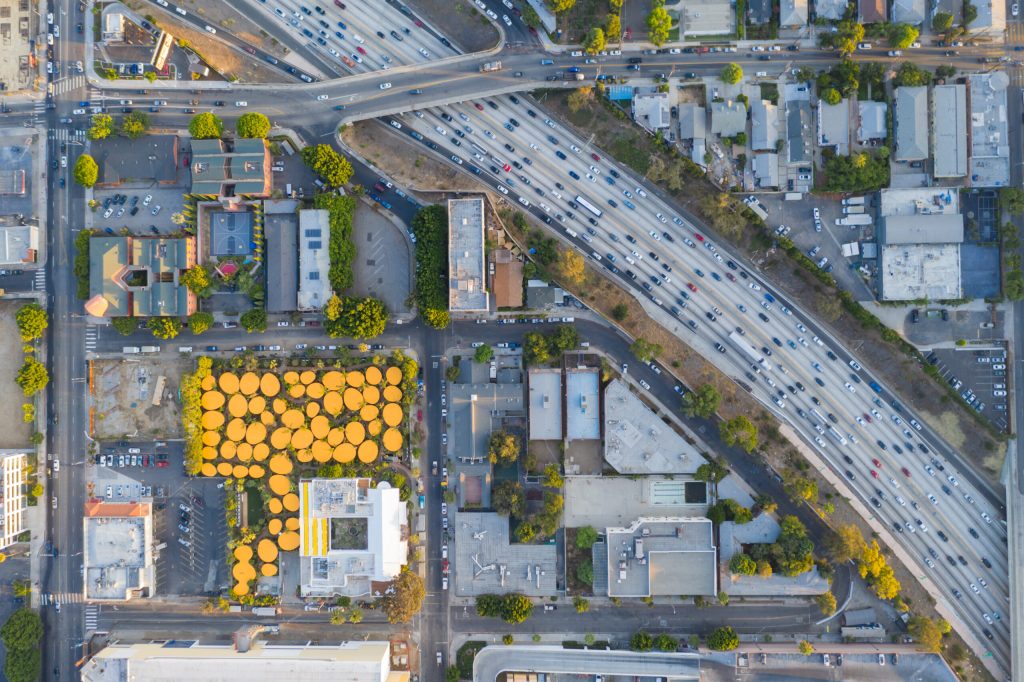
After a trip to the countryside last year, this year Unit 3 returns to London to find a new world where our relationship to the city has been transformed. In a still uncertain future, we are rebuilding our routines and exploring new ways to live, work, collaborate and create.
In March 2020 we were all asked to work from home if we can. Despite the huge upheaval required many people found the transition to working purely online surprisingly viable with many learning that they actually prefer it for at least part of the week. In September 2021 we are now being asked to return to work with the London Mayor telling us to “to make the most of what our city has to offer”. However, in a recent survey while only 15% of Londoners want to work from home permanently, nearly half wanted a hybrid solution to split their hours between the office and home. The increased flexibility of hybrid working patterns provides a challenge to traditional workspaces, to maintaining relationships and collaborations and allowing casual interactions and happy accidents which are crucial especially within the creative industries.
The change in habits towards a hybrid work pattern will have a huge impact on the city itself causing the London Mayor to warn of a “hollowed out” city. Traditional offices are still working well below normal occupancy levels and the lack of commuters combined with a shift to online shopping has decimated many high streets. This has a knock‐on effect on the communities and business that rely on this footfall of passing trade and risks harming our creative industries, galleries and theatres that rely on the city for their audience and inspiration. To survive our cities must adapt, we must see these challenges as an opportunity to re‐imagine the status quo, challenge conventions, and reimagine the way we work.
This year our unit will investigate the impact that hybrid modes of working will have on society and design new, more flexible ways of working, living, and interacting that allow for hybrid co‐working solutions for creating, collaborating and engaging with our city.
We will focus on designing spaces for creative professions which most rely on human engagement and the exchange of ideas and have been hard hit by the pandemic. Our projects will allow flexibility for creative professionals to decide how and when they want to work. It will be a space to mix, share ideas, cross-pollinate and feed off the energy of the city and its vibrant communities.
We will explore the issues and opportunities raised by hybrid working and ask how creative professionals can connect, exchange ideas and interact with each other but also with the public and the wider city in order to prevent a ‘hollowed out city’ and instead create a positive impact within the shifting urban landscape.
We will ask how important the physical space that you work in is to your creativity and productivity? The home offers comfort, convenience, and an efficient commute whilst the city offers energy, focus, community, and collaboration.
We will explore how creativity is best cultivated in our workspaces. Is it better to create dedicated centres of excellence for a specific craft or to cross-pollinate a variety of disciplines to enrich our creative outputs?
We will investigate the sustainability of our work practices. Is it better for the environment for us to work remotely, each with our own individual office or to travel large distances to a densely packed urban centre? Is there such a thing as a sustainable commute? Is a middle ground of regional work clusters a balanced alternative? How can we sustainably and creatively adapt the existing infrastructure we have to meet our current and future needs?
Site:
Easy access to transport links will be essential for the creation of our new sustainable hybrid co‐ working hubs so our site this year will be located along the Low Line, a walking route that spans along the length of the Victorian rail viaducts between Bankside, London Bridge and Bermondsey. It connects diverse neighbourhoods and communities in south London, linking existing hubs of creativity, entertainment, and industry along its course. We will take a tour of the High Line, researching the history of the area, identifying the current uses of the viaduct arches and proposing possibilities for enhancing existing creative industries or proposing new ones that could be introduced to complement the community.
Project 1:
We will begin with a six‐week mini project to create an installation or intervention within one of the existing viaduct arches. Your installation will function as a device to engage the public with the particular craft or creative industry selected by the student. Students will explore ways to engage the public with the act of creating and making whilst establishing a positive relationship to the street and local community to encourages footfall and use of to the Low Line.
Project 2:
Project 2 will take your learning from your Low Line site research and from your installation and use it to create your new hybrid co‐working hub for the creative industries. The projects will be located adjacent to the Low Line so that your projects will act as a catalyst for enhancing the existing community of creative workers within the arches. Second year students will be asked to design a live/ work / exhibition space for a single client. Third years will be asked to design a larger work hub for many practitioners either from the same industry or from several.